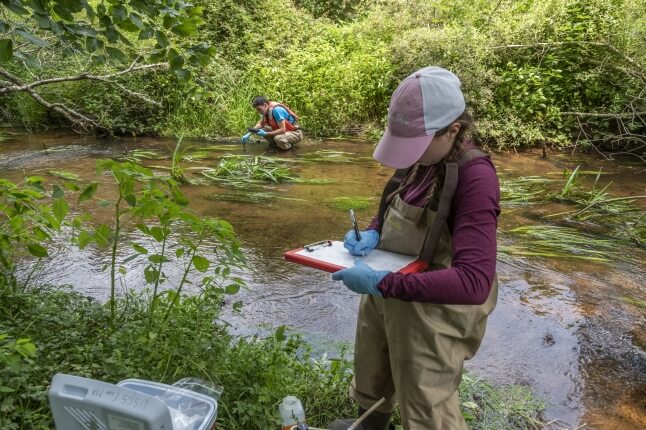News
NOAA scientists took off Saturday on the second phase of a mission that, when complete, will provide a detailed view of how carbon dioxide and other greenhouse gases are distributed globally.
Monitoring the increasing levels of greenhouse gases and black carbon aerosols in the atmosphere is crucial to understanding human-caused climate change.
Their flights, planned to continue through December, are part of the HIPPO Mission, a multiagency, multiyear effort to paint a three-dimensional portrait of the atmosphere. HIPPO, for HIAPER Pole-to-Pole Observations of Greenhouse Gases, is funded and operated jointly by the National Science Foundation, the National Center for Atmospheric Research, and NOAA. HIAPER – the High-performance Instrumented Airborne Platform – is the NSF’s Gulfstream V aircraft.
Steve Wofsy of Harvard University is leading HIPPO with a team of scientists from NOAA, NCAR, Scripps Institution of Oceanography, Jet Propulsion Laboratory, University of Miami, and Princeton University.
Topics: Environment, Climate
Cutting-edge science delivered direct to your inbox.
Join the Harvard SEAS mailing list.
Scientist Profiles
Steven C. Wofsy
Abbott Lawrence Rotch Professor of Atmospheric and Environmental Science




